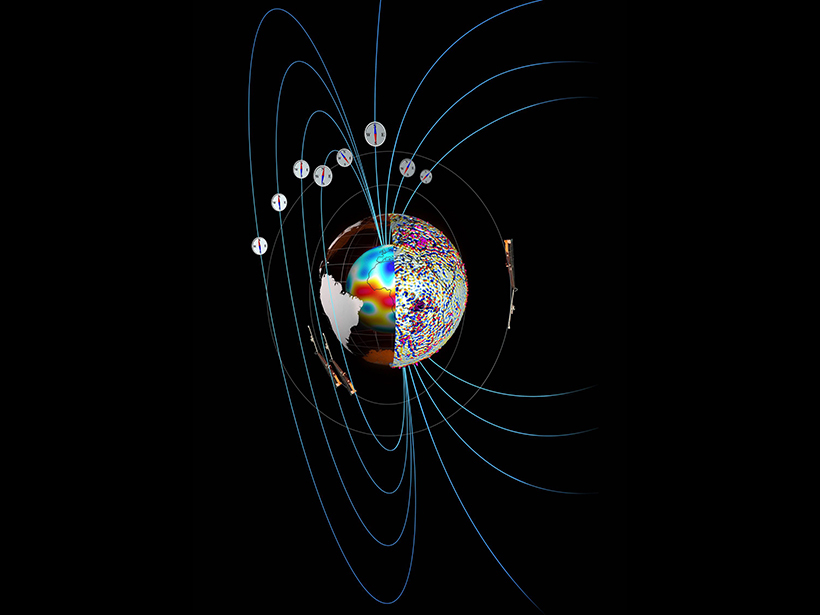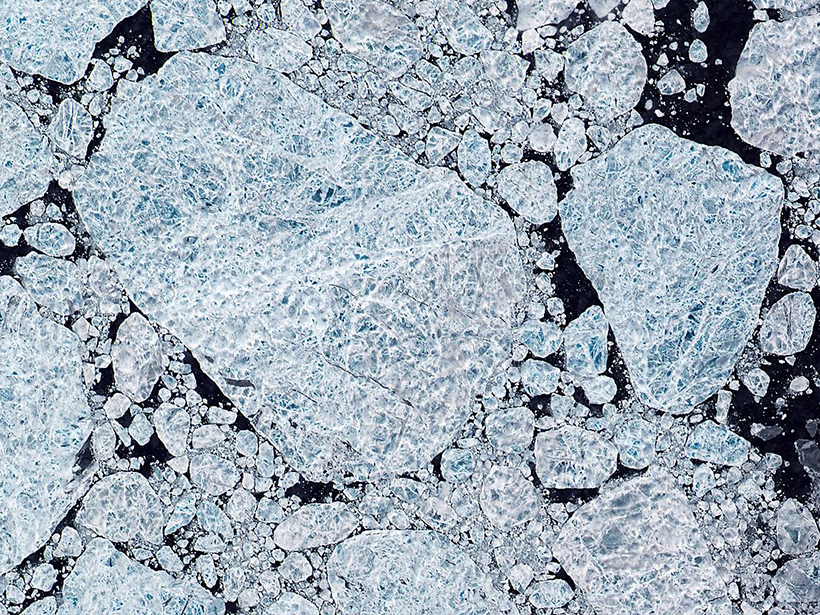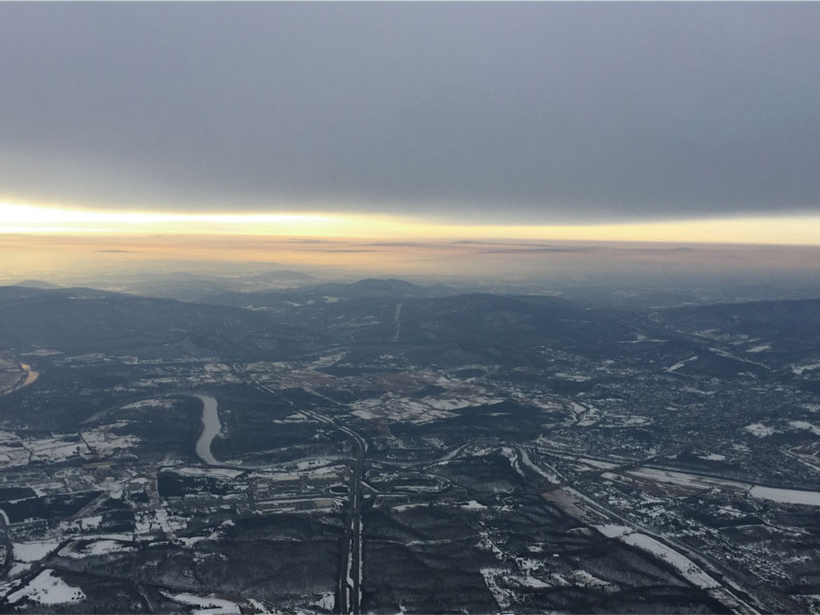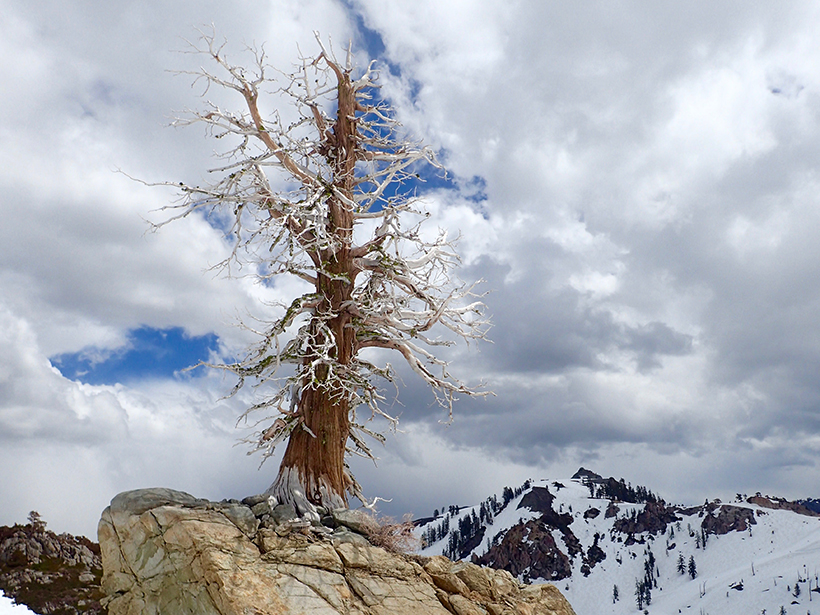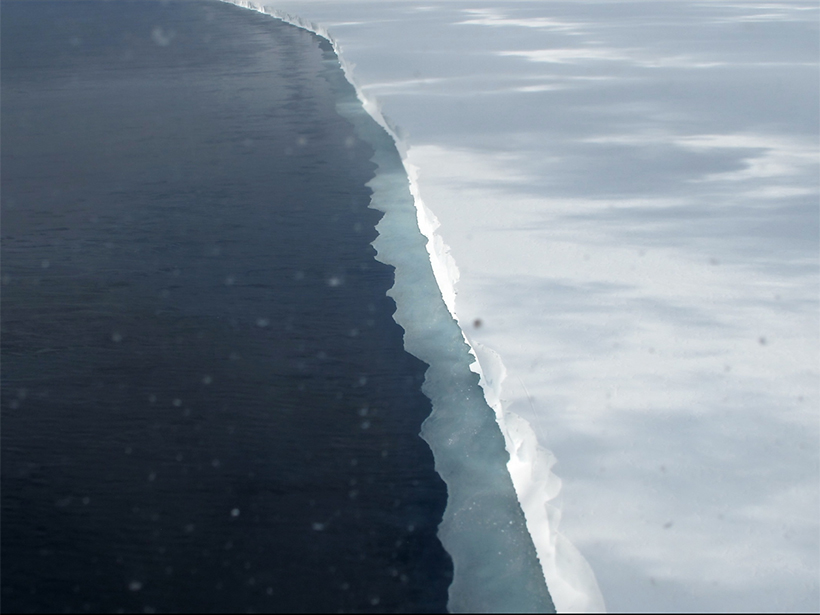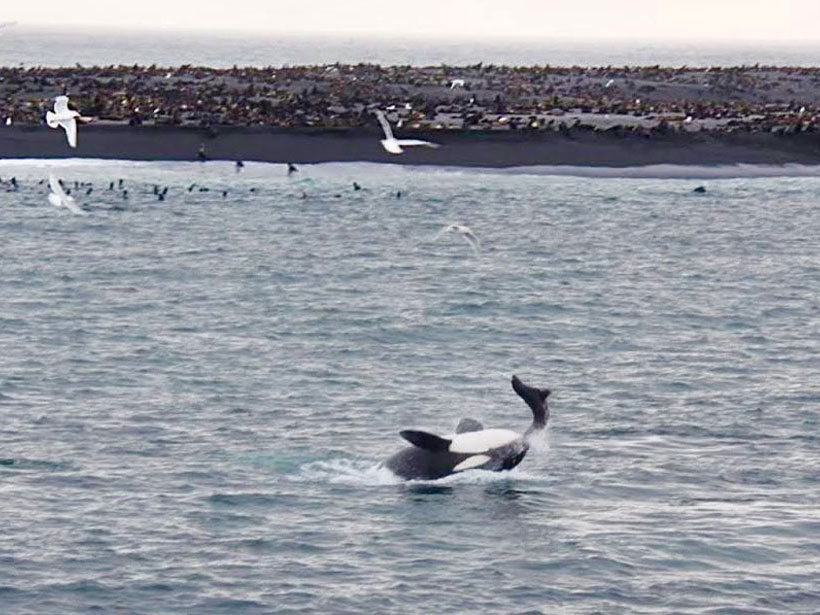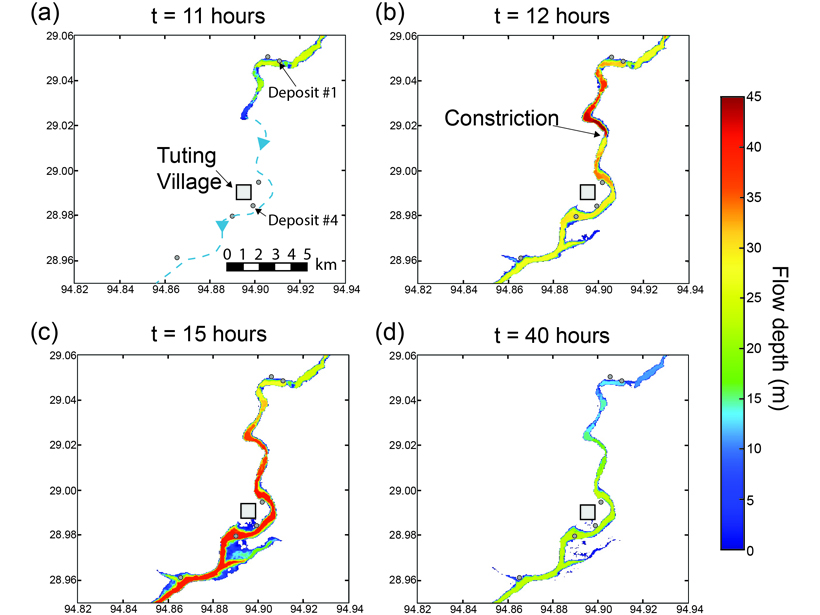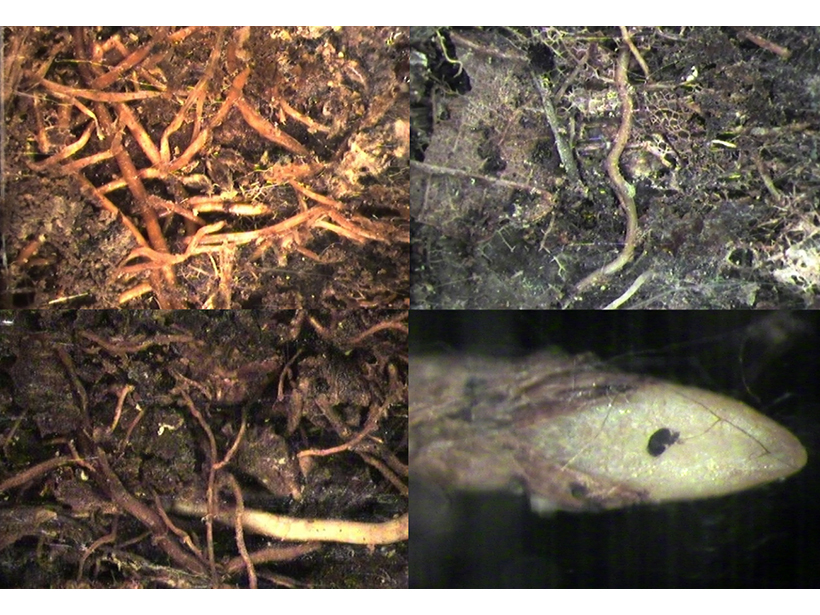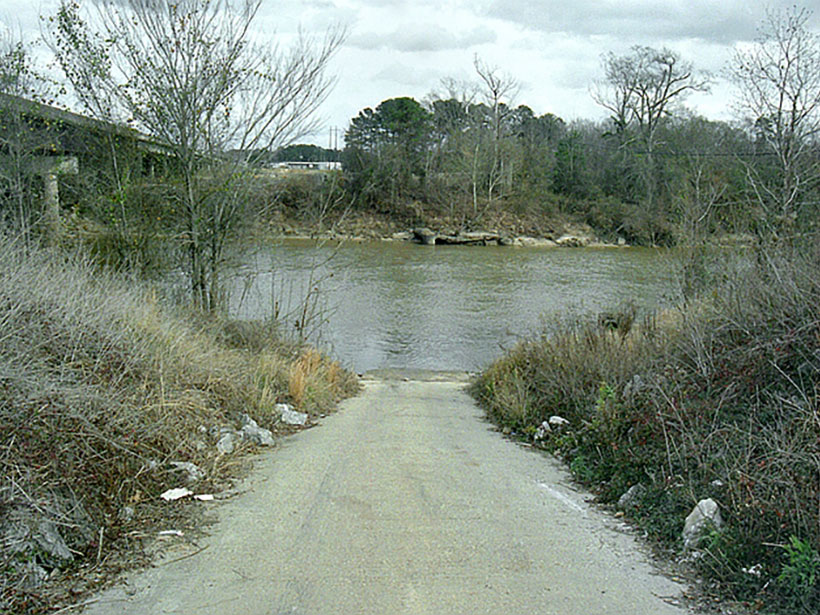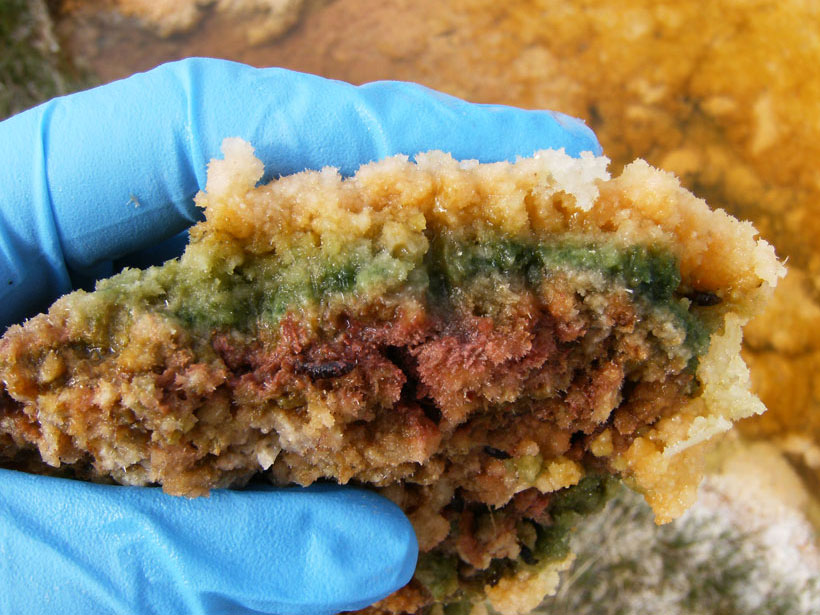8th Swarm Data Quality Workshop; Frascati, Italy, 8–12 October 2018
CC BY-NC-ND 2019
Strong Winds Leave Arctic Regions on Thin Ice
A warming event in Siberia caused winds to strip sea ice from the Arctic’s Wandel Sea.
A New Look at Winter Air Quality in the Northeastern U.S.
Past studies underestimated a major pollution source, particularly in rural areas.
Tree Rings Record 19th-Century Anthropogenic Climate Change
Paleoclimate records, observational data, and climate modeling capture the influence of human activity on temperature seasonality.
Warm Water Is Rapidly Eroding Antarctica’s Ross Ice Shelf
The underside of the world’s largest ice shelf is melting—by meters per year in some places—because of the seasonal inflow of water heated by the Sun, observations of the White Continent reveal.
A Look at How Long-Banned PCBs Persist in the Ocean
A new study tracks how climatic factors like sea ice cover and ocean circulation affect the life span and distribution of polychlorinated biphenyls in the world’s oceans.
Enabling Dynamic, Regional-Scale Modelling of Outburst Floods
The GeoClaw model is used to simulate a landslide-dam outburst flood through rugged Himalayan topography.
Sampling in the Dark: Challenges in Fine-Root Research
International Minirhizotron Working Group; Oak Ridge, Tennessee, 9–11 January 2019
A Novel Method for Assessing Model Sensitivity
This newly developed approach to assessing the quality of sensitivity analyses can be applied to any method without bootstrapping or additional model runs.
The Carbon Market Potential of Asbestos Mine Waste
Researchers have devised new methods to turn toxic asbestos mine tailings into innocuous piles of carbonate rock and draw down atmospheric carbon dioxide at the same time.

